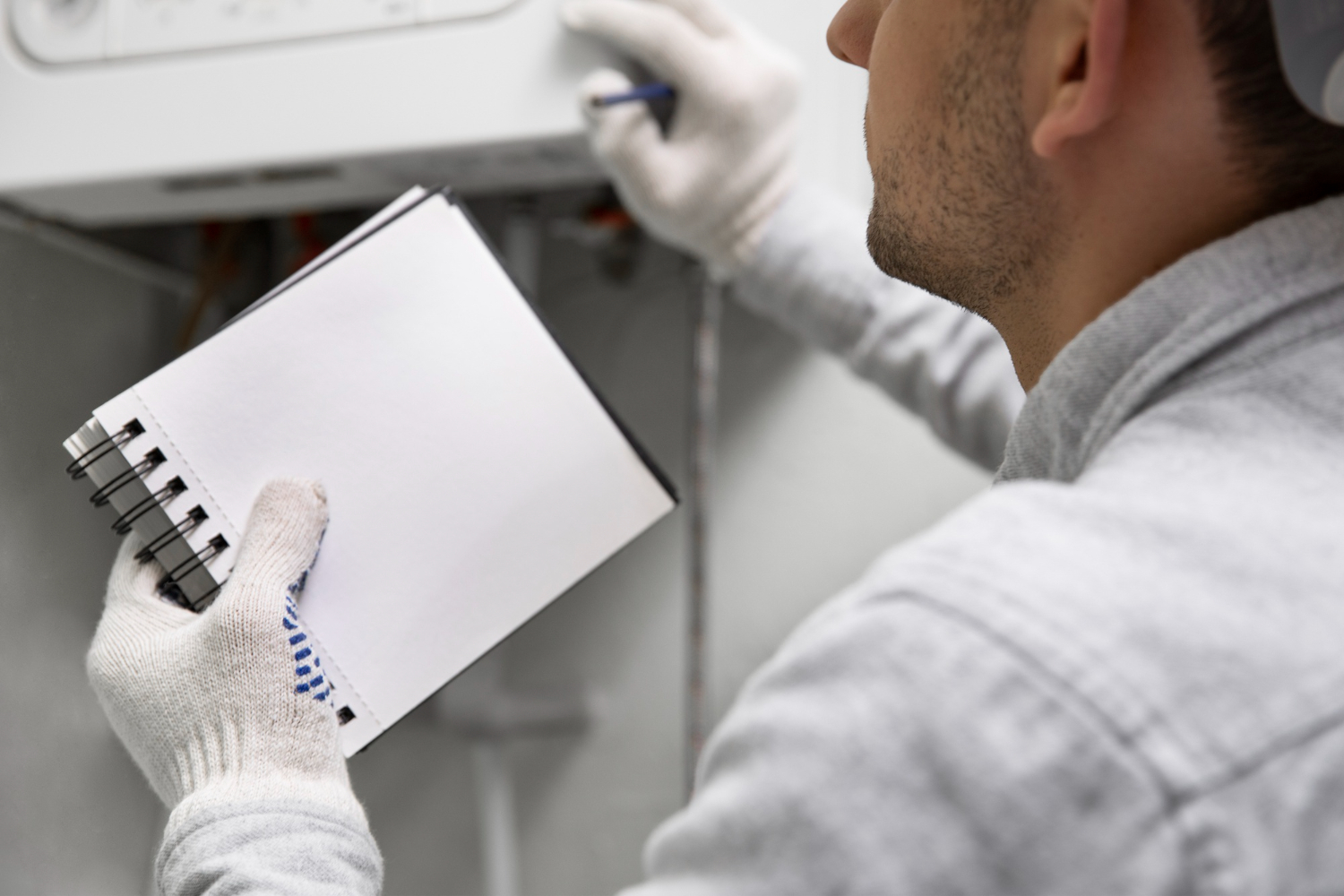Even though winters in Texas are mild compared to other parts of the country, it’s still essential to prepare your HVAC system for the season. Proper winterization ensures your home stays comfortable, energy-efficient, and safe throughout the cooler months. This guide will walk you through everything you need to know to prepare your system for winter and keep it running efficiently.
Why Winterizing Your HVAC System Matters in San Antonio Texas
While you may not expect heavy snow or sub-zero temperatures, winter in San Antonio still brings cooler nights and occasional cold snaps. Preparing your HVAC system helps you avoid unexpected breakdowns, keeps energy bills in check, and ensures comfort for you and your family. It also prolongs the life of your equipment, preventing costly repairs or early replacements.
Key Steps to Winterize Your HVAC System
1. Replace or Clean Your Air Filters
Dirty air filters force your HVAC system to work harder, reducing efficiency and increasing energy costs. During winter, when heating use is more consistent, clean air filters help maintain proper airflow and indoor air quality. Replace filters every 1–3 months, or as recommended by the manufacturer.
2. Adjust Your Thermostat Settings
Set your thermostat to a comfortable temperature for winter, typically between 68–72°F during the day. Consider lowering the temperature by a few degrees at night to save on energy costs. For added efficiency, invest in a programmable or smart thermostat that automatically adjusts settings based on your schedule.
3. Inspect and Seal Ductwork
Leaky ducts can cause heated air to escape, wasting energy and making certain areas of your home less comfortable. Inspect your ductwork for gaps, loose connections, or damage, and seal any leaks using HVAC-approved tape or mastic sealant. Professional duct sealing can further improve efficiency and ensure even heating throughout your home.
4. Check Your Heat Pump (if applicable)
Heat pumps are common in San Antonio due to their versatility and energy efficiency. Before winter, make sure the outdoor unit is debris-free and that the system is operating correctly. Schedule a professional inspection to ensure proper refrigerant levels, clean coils, and optimal performance.
5. Improve Home Insulation
Proper insulation helps maintain indoor temperatures during colder months. Seal gaps around windows and doors with weatherstripping or caulking to prevent drafts. Adding insulation to your attic, walls, or floors can significantly reduce heat loss and lower your energy bills.
6. Test Your Carbon Monoxide Detector
If your HVAC system relies on gas heat, it’s essential to have a functioning carbon monoxide (CO) detector to protect against potential leaks. Test your detector monthly and replace the batteries as needed to ensure your family’s safety.
7. Schedule Preventative Maintenance
Preventative maintenance is key to keeping your HVAC system in top shape. During a winter tune-up, a licensed technician will inspect all components, clean the system, and address minor issues before they become major problems. Regular maintenance also improves energy efficiency and extends the life of your equipment.
Winter HVAC Prep Checklist for Texas Homeowners
- Replace air filters
- Program or upgrade thermostat
- Inspect and seal ductwork
- Clear and inspect heat pump
- Seal gaps and improve insulation
- Test carbon monoxide detector
- Schedule HVAC maintenance
By completing these simple steps, you’ll enjoy a warm, comfortable home without unexpected surprises this winter.
Stay Comfortable All Year Long with Zero Heating A/C and Refrigeration
Whether you need HVAC repairs, maintenance, or a new system installation, our expert team is here to help. We proudly serve homes and businesses across San Antonio, Texas with reliable, energy-efficient solutions.
📞 Call us today at (210) 900-0824 or 📧 email info@zerohvacandrefrigeration.com to schedule your service or get a free estimate.





